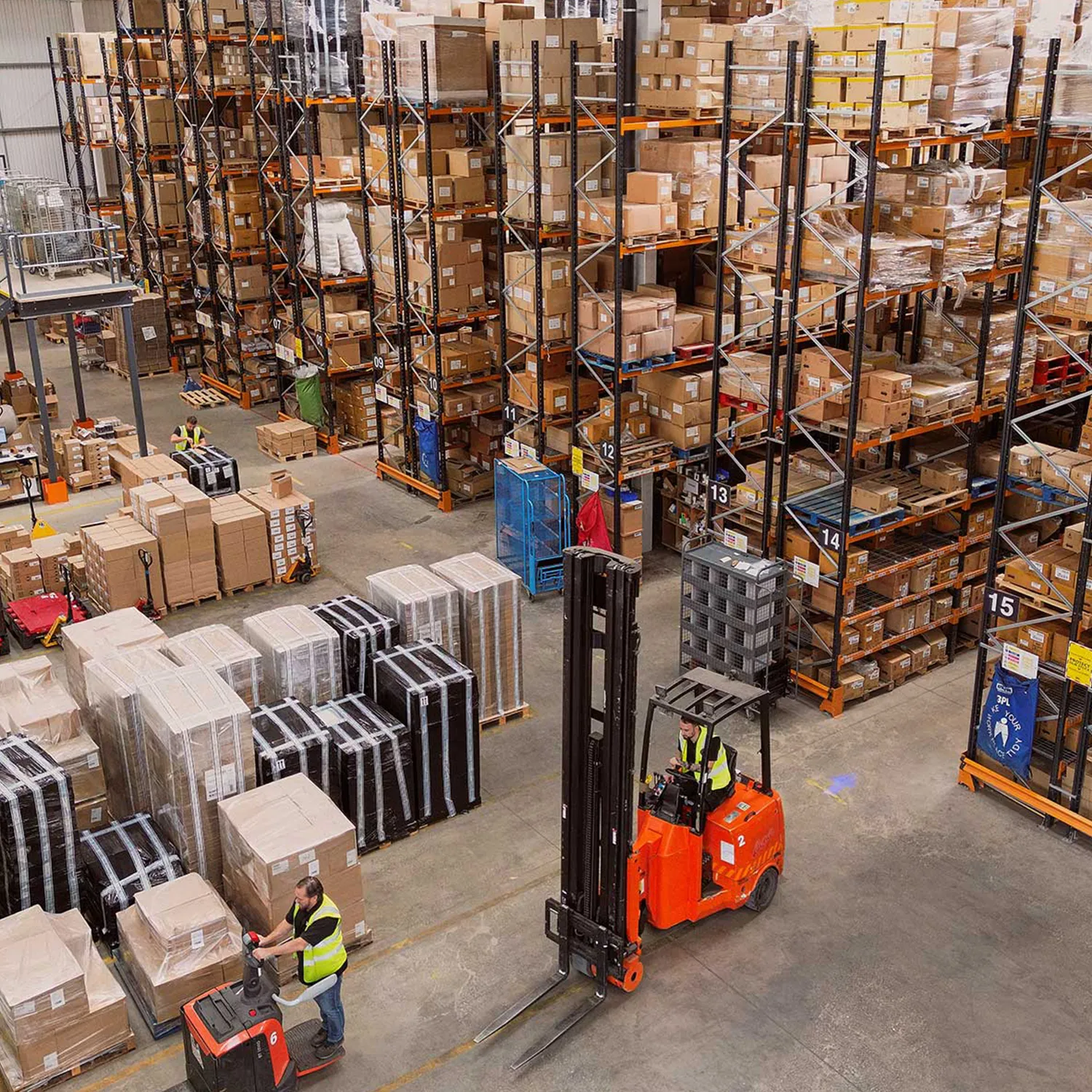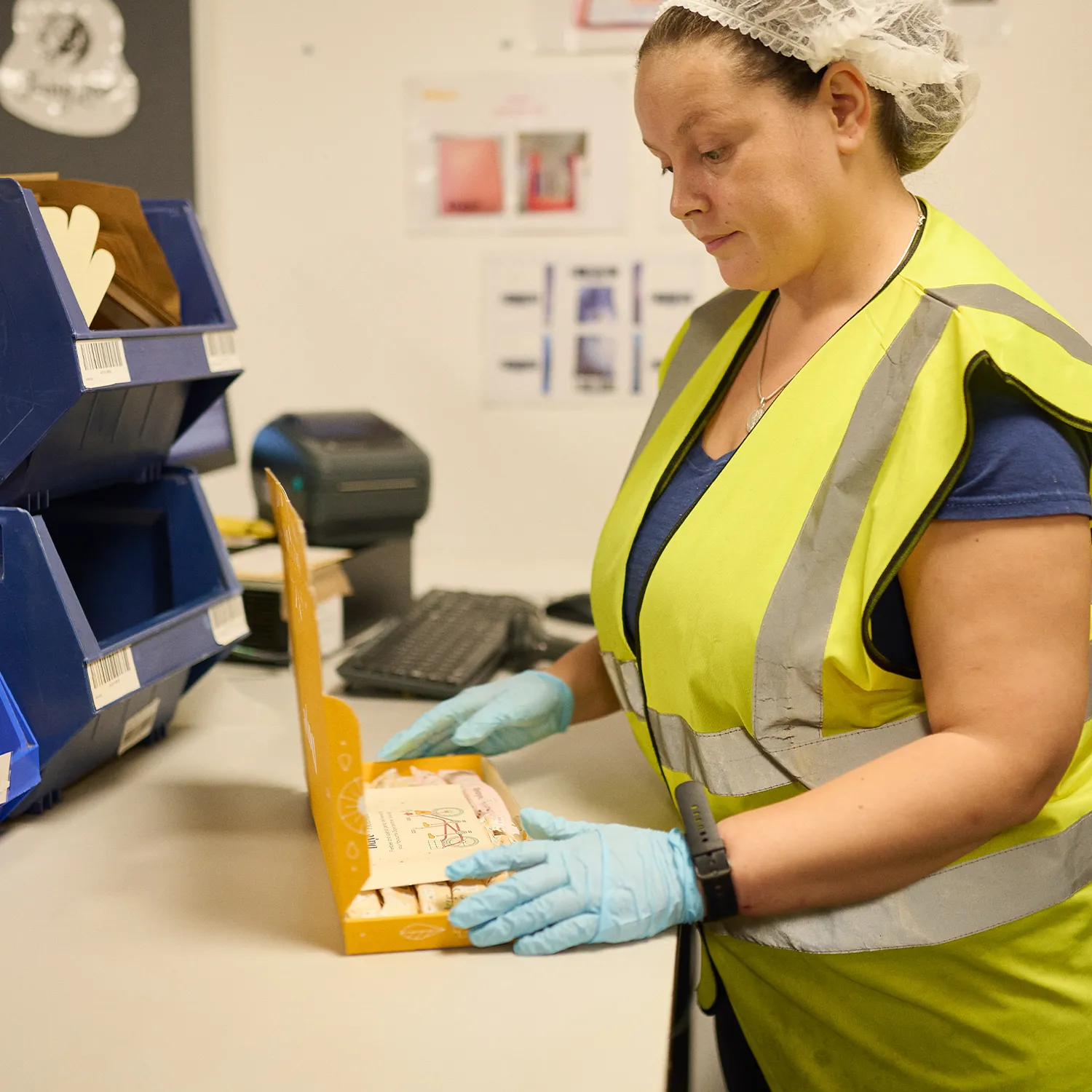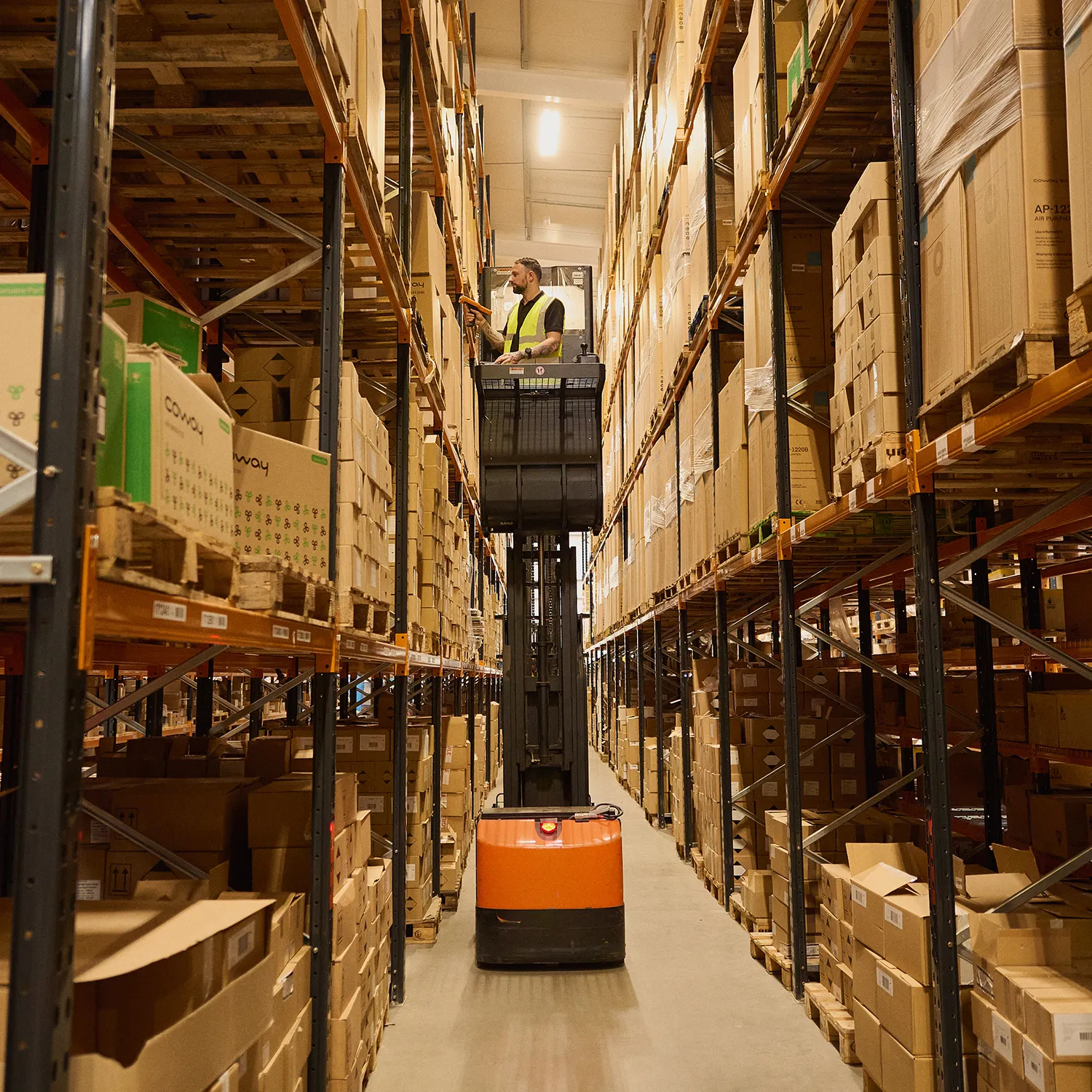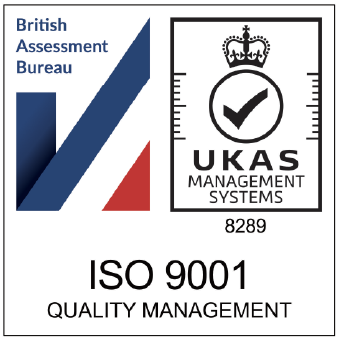Article Overview
Discover why January is the perfect time to optimise your supply chain with fresh year-end data, available resources, and strategic investments -plus how 3PL’s tailored solutions and Fusion technology can help you build a stronger, more resilient operation for the year ahead.
January is a time for fresh starts and setting goals, not just personally but professionally. For businesses, it’s the perfect moment to reassess operations and prepare for the year ahead. In the realm of supply chain management, January offers unique advantages that allow businesses to optimise their strategies and tackle challenges head-on.
At 3PL, we believe in turning this quieter period into a powerhouse of productivity. Here’s how January becomes the ideal month to plan and enhance your supply chain, supported by our tailored services and advanced technology.
1. Leverage Year-End Data for Strategic Planning
The arrival of year-end data provides an unparalleled opportunity to analyse supply chain performance. Studies show that while supply chains generate massive amounts of data, companies often analyse less than 25% of it. This underutilisation leaves room for significant optimisation.
Key Metrics for Supply Chain Analysis
- Cash-to-cash cycle time: Optimising this can improve cash flow and reduce holding costs.
- Inventory turnover rates: High turnover indicates efficient inventory management.
- On-time delivery percentages: Ensures customer satisfaction and operational reliability.
- Supply chain costs as a percentage of sales: A crucial measure of cost efficiency.
Our Solution:
At 3PL, we integrate real-time data analytics through our Fusion platform. Fusion offers in-depth insights into inventory levels, delivery timelines, and operational costs, helping businesses identify bottlenecks and make informed decisions. By leveraging these insights, you can improve on-time delivery rates, optimise stock levels, and reduce supply chain disruptions.
2. Capitalise on Post-Holiday Resource Availability
The post-holiday slowdown provides a golden opportunity to focus on optimisation. With resources more readily available, teams can dedicate their attention to fine-tuning processes and building resilience.
Areas of Focus:
- Supplier Relationships: Strengthening supplier partnerships during quieter periods enhances long-term stability.
- Logistics and Warehousing: Optimising warehouse layout and improving inventory accuracy can reduce storage costs and boost efficiency.
- Talent Assessment: With operations stabilised, this is the perfect time to train teams or address skill gaps.
Our Solution:
3PL’s fulfilment services are designed to scale with your needs. From procurement logistics to streamlined warehouse management, we help businesses manage overflow stock and align operations for future demand. Our warehouse efficiency strategies include FIFO (First In, First Out) systems, SKU velocity analysis, and vertical storage solutions, ensuring every square foot of space is maximised.
3. Align Supply Chain Strategy with New Budgets
New budgets provide a clear direction for supply chain investments. Research suggests that companies allocating 10-20% of their supply chain budgets to planning tools achieve better outcomes.
Technology Investment Priorities:
- Data Governance and Management: Clean, organised data is the backbone of effective planning.
- Visibility Tools: End-to-end visibility reduces delays and enhances decision-making.
- Scenario Planning: Advanced tools allow businesses to simulate demand changes and adjust strategies proactively.
Our Solution:
3PL Fusion’s advanced analytics capabilities empower businesses to plan smarter. Whether it’s forecasting demand or streamlining inventory, Fusion helps you allocate resources effectively and gain a competitive edge. Our clients often see a reduction in manual workload and quicker ROI through optimised operations.
4. Optimise Warehouse Operations During the Lull
Warehouse operations are often overlooked during peak periods, but January provides a window to optimise. Studies indicate that up to 85% of unused warehouse space can be reclaimed through vertical storage and reorganisation.
Optimisation Techniques:
- Reconfiguring racking systems to suit product velocity.
- Implementing adjustable shelving to accommodate seasonal inventory.
- Streamlining picking and packing processes with data-driven tools.
Our Solution:
3PL’s warehousing services focus on efficiency. Using real-time tracking and “goods-to-person” automation, we reduce picking errors and improve productivity. Our dedicated zones for specific product categories ensure faster turnaround times and better inventory control.
5. Prepare for the Year Ahead with Scenario Planning
Supply chains are evolving from linear to interconnected networks involving onshoring, nearshoring, and farshoring strategies. January provides the breathing space to plan these transitions and build resilience.
Key Steps:
- Conduct demand forecasting based on past trends.
- Establish contingency plans for supply chain disruptions.
- Build collaborative networks with logistics partners to enhance flexibility.
Our Solution:
3PL’s omnichannel fulfilment services allow businesses to diversify their supply chain strategies. With our extensive network, you can balance cost-effective shipping with fast delivery, ensuring customer satisfaction and operational stability.
Build a Stronger Supply Chain in January
January offers a unique blend of fresh data, available resources, and new budgets, making it the perfect month to revisit and enhance your supply chain strategy. Businesses that take advantage of this time to invest in technology, optimise warehouses, and strengthen partnerships will see significant improvements throughout the year.
At 3PL, we help businesses turn challenges into opportunities with tailored fulfilment solutions and cutting-edge technology. With tools like Fusion, we provide the insights and operational support you need to build a resilient, efficient supply chain.
Ready to take your supply chain to the next level? Contact 3PL today and start planning for success in 2025.
Speak to 3PL about your order fulfiment
It’s time to supercharge your business and overtake your competitors. Speak to 3PL today and find out how we can take your ecommerce and B2B fulfilment to the next level.






